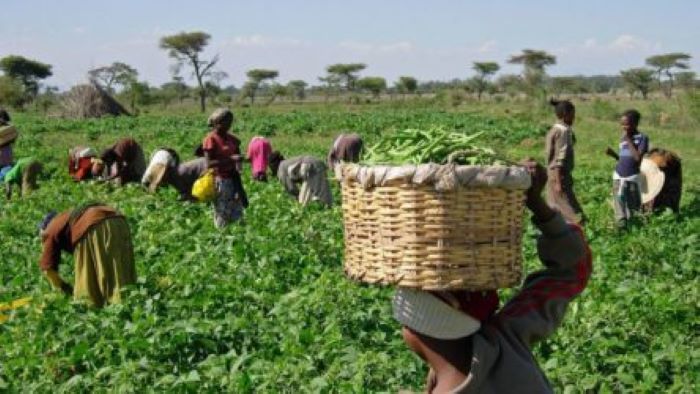BY DAYO ADESULU
The costs of food baskets were affected ‘severely’ in 20 countries in Q2-2020, during which the COVID-19 pandemic has played a major role.
Most notably, despite massive income losses, strong demand resulting from stockpiling in combination with disrupted trade flows led to steep increases in staple food prices in Tajikistan, Bangladesh, Nigeria, and Afghanistan.
Headline and food inflation in Zimbabwe rose further during Q2, reaching 73.6% and 81%, respectively
Other key drivers behind surging food prices included: depreciating local currencies (Lebanon, Syria, Sudan, Angola); panic-buying (Libya, Nicaragua, Honduras, Haiti, Kyrgyzstan); and high seasonal demand (Ghana).
READ ALSO: Nigeria’s North-East COVID-19 Situation Analysis
Amid the escalating economic and political crisis, Lebanon recorded staggering quarter-on-quarter food inflation of 93.1% in Q2-2020, a steep increase from 12% in Q1.
Headline and food inflation in Zimbabwe rose further during Q2, reaching 73.6% and 81%, respectively. The Syrian pound continued to lose value in the informal exchange, depreciating by 40.9% quarter-on-quarter.


